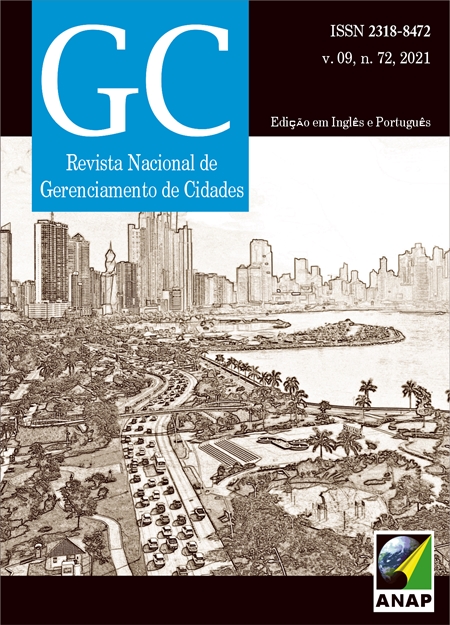Acoustic quality assessment in a classroom through simulations and measurements
DOI:
https://doi.org/10.17271/2318847297220213014Palavras-chave:
Speech Transmission Index. Room acoustics. Reverberation Time. Acoustic qualityResumo
The acoustic quality in a classroom directly impacts the educational relationship between the student and the teacher, reducing speech intelligibility. In addition, inadequate acoustic comfort burdens the vocal health of teachers. This study evaluated a classroom at the Federal University of Paraná, Campus Centro Politécnico, to verify its acoustic quality. The measurements of the acoustics descriptors: Reverberation Time (RT), Definition (D50), Central Time (Ts), Early Decay Time (EDT) were performed according to the ISO 3382-2 standard, concerning Noise Curves (NC) and Background Noise (BGN) these were evaluated by the NBR 10152 and S12.2 standards. The Speech Transmission Index (STI) was measured according to IEC 60268-16 and evaluated according to ISO 9921. The useful-detrimental ratio (U50) and the other descriptors were simulated in the ODEON software version 11. Thus, the results showed that the evaluated room did not meet the minimum requirements in terms of acoustic quality, for the descriptors RT, STI, Ts, D50, RF, and NC. Simultaneously, the RT and STI were also outside the limits established by the German and Finnish standards. Therefore, it is concluded that the evaluated classroom did not reach the minimum acoustic quality requirements.














